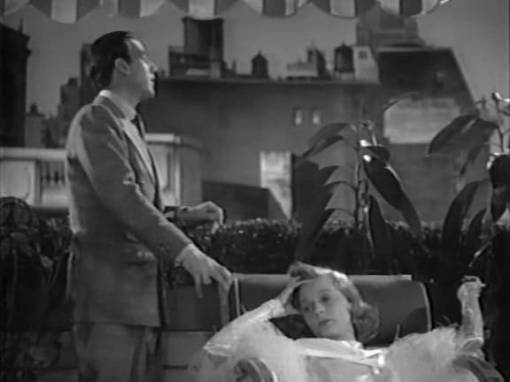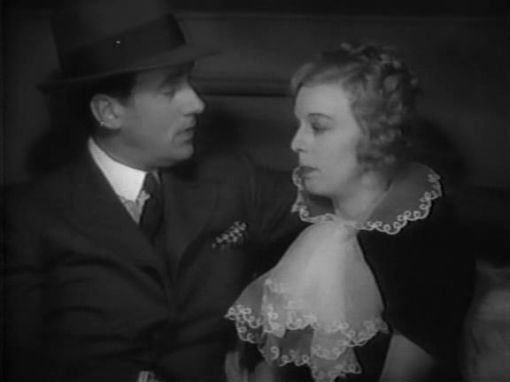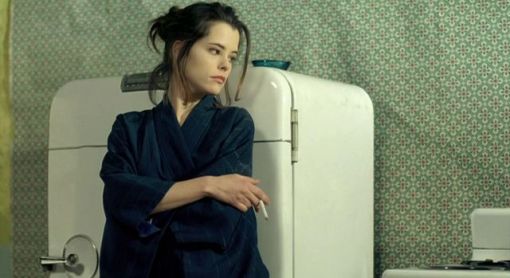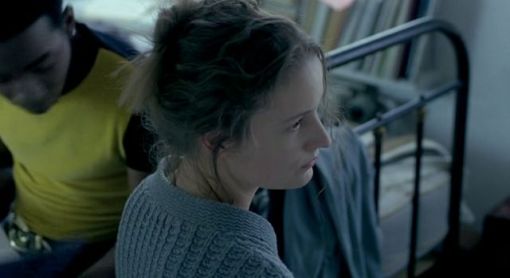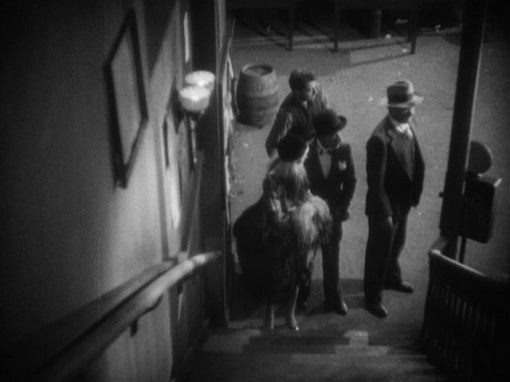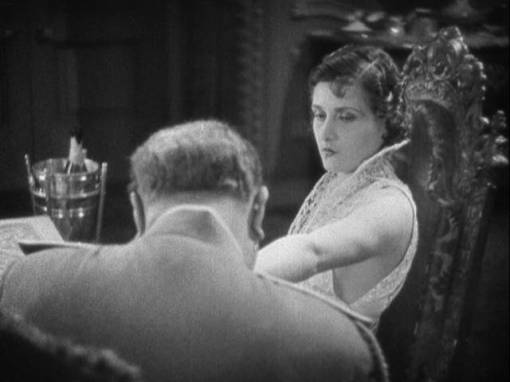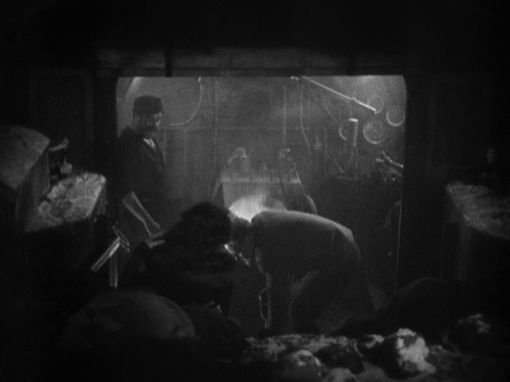Sure, this is a seemingly much more conventional than Potter’s crazier and more herald Hellzapoppin’ but it’s still pretty unique in its own way. While it plays out in a very predictable yet charming way, it’s really the ending that makes this stand out. A majority of the film’s resonance comes from said conclusion which strays from the conventions of the genre, while simultaneously trying to emulate them. As with Hellzapoppin’, Potter seems to take a great joy out of playing against the expectations of the audience members. As far as classic Hollywood is concerned, there was no other filmmaker who had this kind of handling with the subversive.
James Stewart plays Private William Pettigrew, a Texas-born simpleton who is sent to New York for training. There, he inadvertedly gets a ride with theater star, Daisy Heath (Margaret Sullivan) who he convinces to be his “pretend girlfriend” if only for the approval of his friends. They catch on to his lies and begin to probe further, which forces him and Daisy to think up a bigger back story. They continue to “pretend to fall in love” until the actual thing begins to take the foreground.
I’m not sure there’s a more obvious sign to the audience that two people are going to be a couple than if one asks the other if they can be a “pretend relationship.” From the moment Stewart first greets Sullivan we know they’re going to be holding each other eventually. It doesn’t really plague any of the drama, though, as it’s not in Stewart’s courting of Sullivan that we’re interested, but rather her hiding from the man with who she is actually involved. Sam Bailey has his suspicions, but even with his lurking eye, he is never seen as a villain. Instead, he is merely a man that has unfortunately gotten tangled up in Daisey’s complicated love life and his endless but platonic support following her marriage to Pettigrew is more than admirable.
In a way, it’s a little bizarre that Bailey (played here by Walter Pidgeon, pre-How Green Was My Valley) actually does more for Daisey than Pettigrew. Sure, Pettigrew’s martyrdom is pointed out, but his feelings towards Daisey seem to be a little one-sided. Meanwhile, Daisey herself just can’t bear to break Pettigrew’s little heart so she continues to play dumb. When Bailey confronts her about her potential infidelity, she replies in claiming that she is “More like a mother” to Pettigrew.
If it was intended that Daisey would sacrifice her freedom for Pettigrew to have something to look forward to after the war (I guess surviving isn’t enough?) then the film is a bizarre mix of pro-war propaganda and domestication. The latter doesn’t really fit since the film concludes with Daisey in her normal profession: a performer. Instead, I merely see it as finding a seldom fond mix of irony and tragedy. Not in the O Henry/Rod Serling sort of way, but one in which forces us to confront a reality that happens all the time. Maybe I’m giving Potter too much credit here, though, but even then, this odd and charming piece of romance deserves more than the title of being the precursor to The Shop Around the Corner.
